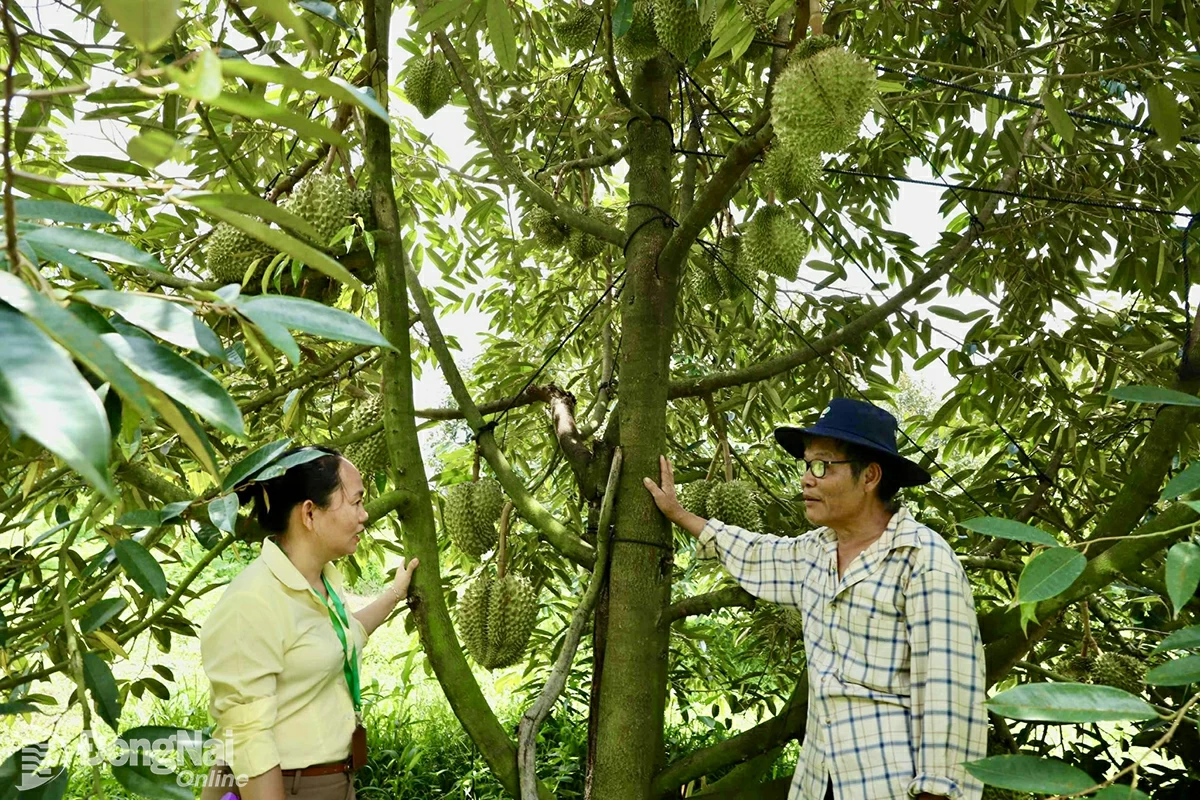 |
| Durian growing area in Tan Phu commune waiting for traders to buy. Photo: B.Nguyen |
This year's harvest, summer fruits have failed but prices have still fallen due to difficulties in the export market; domestic consumption is also slower due to the impact of general economic difficulties.
Crop failure but price drop
According to fruit farmers in the province, when it comes to the time to treat the trees for flowering and fruiting, the weather suddenly has prolonged heavy rains, causing the trees to compete to sprout new buds. Farmers have to spend more fertilizer and chemicals to treat the trees to produce new flowers. Accordingly, in many localities, fruits such as durian, mangosteen, rambutan... are harvested 1-2 months later than the same period every year. In particular, this year's crop, diseases appear more frequently and are more complicated, causing many types of fruit trees to have reduced productivity and quality.
It is a paradox that despite the poor harvest, fruit prices have fallen sharply. Currently, mangosteens are sold at the garden for only 22-25 thousand VND/kg; Thai rambutans are more than 10 thousand VND/kg, and regular rambutans are 2-3 thousand VND/kg, much lower than the average price of previous years. Even durians, the “king of fruits” thanks to their good export, have seen their prices plummet. Currently, Ri 6 durians sold at the garden cost 25-27 thousand VND/kg, and Thai durians cost 50-55 thousand VND/kg, a sharp decrease compared to the same period last year.
According to Minister of Agriculture and Environment Do Duc Duy, the export of some key agricultural, forestry and fishery products still faces many difficulties. The Minister requested localities to review all planning of growing areas to avoid rampant expansion, especially on forest land and sloping land.
However, this price is only theoretical because it is the price that traders pay for good quality durian that meets export standards. In reality, many durian growers in the province have reached harvest time but have no traders to buy due to poor quality.
Mr. Nguyen Van Sinh, Director of Xuan Tam Durian Cooperative in Xuan Hoa Commune, said that the Cooperative has 80 hectares of durian, the Ri6 durian area has been almost harvested, while 40 hectares of Thai durian with a total output of about 800 tons have only been harvested about 20%. Every year, from the time durian bears fruit to harvest, it takes about 120 days, this year many gardens have passed this time but traders have come to evaluate the gardens, the durian fruit has not "grown" to the standard so traders have not bought it.
Many gardeners are currently sitting on fire because the longer the harvest takes, the more risks there are. Mr. Sinh added that in the coming time, if the weather is favorable with more sunshine and the durians "grow better", then they might be able to sell them at a profitable price; if it continues to rain, the rate of unripe durians will be high, not meeting export quality, so they will have to sell them at half price, or even have to sell them for ice cream for less than 20,000 VND/kg. Durian farmers are very worried, if it continues to rain in the coming days, they will surely lose a lot of money.
Mr. Ho Duc Tan, representative of the Management Board of Dau Giay Agricultural and Food Wholesale Market (Dau Giay Commune), commented that this year's summer fruit crop, the output of fresh fruit to the market increased significantly compared to previous years with an output of 250-270 tons of fresh fruit/day and night. In particular, lychee and plum from the North are in season, at the peak of harvest, the market consumes about 300 tons of lychee/month. Accordingly, although the output of summer fruits grown in the province is not as much as previous years, due to the market's diversity of types and strong increase in supply, this year's selling price is much lower than previous years.
Fear of overcapacity
Many summer fruits are out of season but prices are still falling sharply. The reason is that supply is greater than demand as in recent years, the area of fruit trees has been increasing rapidly. Currently, the total area of fruit trees in Dong Nai province is only 97.6 thousand hectares, an increase of about 12.8 thousand hectares compared to 2020 (including Dong Nai and Binh Phuoc provinces), focusing on key crops with export strengths such as durian, banana, citrus, mango, jackfruit, rambutan... This is also the general situation of many other provinces and cities in the country. Currently, the total area of fruit trees in the country reaches more than 1,269 thousand hectares, an increase of hundreds of thousands of hectares compared to 2020.
Mr. Nguyen Van Muoi, Deputy General Secretary of the Vietnam Fruit and Vegetable Association, commented that Vietnam's main fruits are usually harvested from May to September every year. During the peak harvest season for many fruits, supply is greater than demand, causing many fruit products to easily fall into a vicious cycle of falling prices. This year, the fruit export market is forecast to be more difficult than previous years because many major importing countries, including China, have set new, stricter regulations on quality standards. Meanwhile, farmers compete to grow crops that are good for export and have high prices, without paying attention to planning and market orientation. Farmers still grow crops based on experience, so each garden has its own style. The lack of professionalism and the lack of a standard process for the entire production chain are weaknesses of Vietnamese fruits when entering the export market with increasingly great competitive pressure.
In addition, the loose linkage chain between farmers, businesses and distributors makes it difficult for sellers and buyers to comply with quality, quantity, time of supply and price. This is the reason for the paradox: businesses lack fresh fruit materials for processing and export; gardeners lack stable output, and prices are unstable.
Binh Nguyen
Source: https://baodongnai.com.vn/kinh-te/202507/vu-thu-hoach-trai-cay-he-gap-kho-25b297c/







![[Photo] Cat Ba - Green island paradise](/_next/image?url=https%3A%2F%2Fvphoto.vietnam.vn%2Fthumb%2F1200x675%2Fvietnam%2Fresource%2FIMAGE%2F2025%2F12%2F04%2F1764821844074_ndo_br_1-dcbthienduongxanh638-jpg.webp&w=3840&q=75)
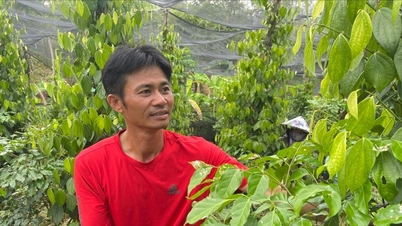

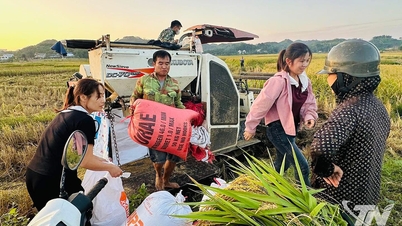

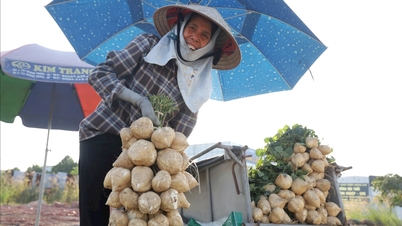


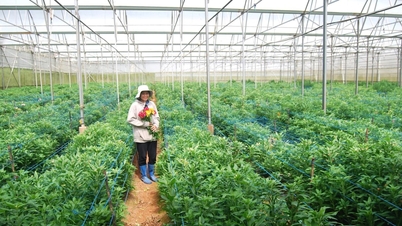
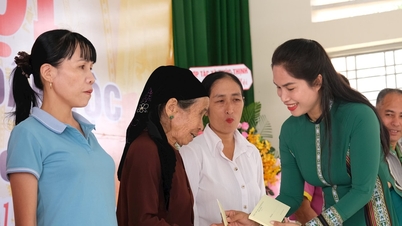
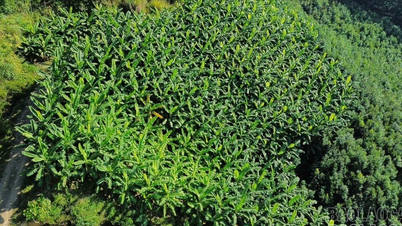



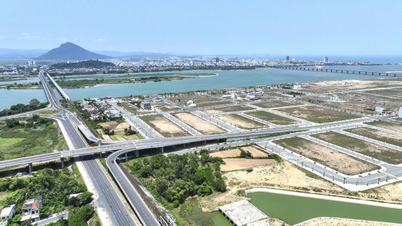

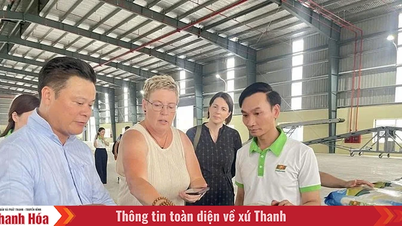








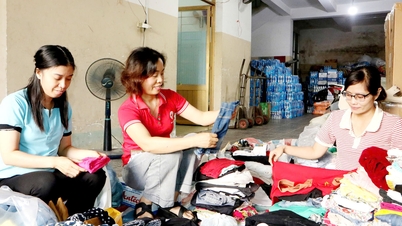

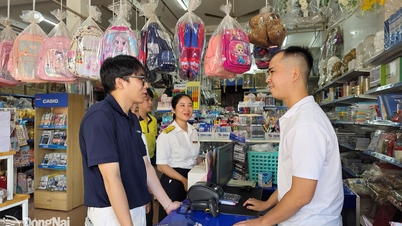

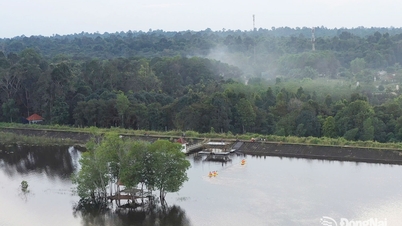




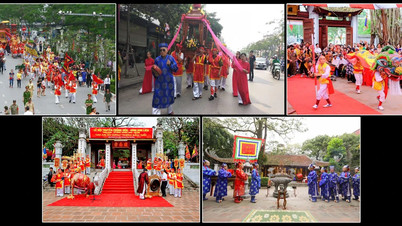



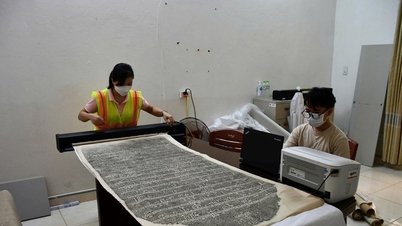

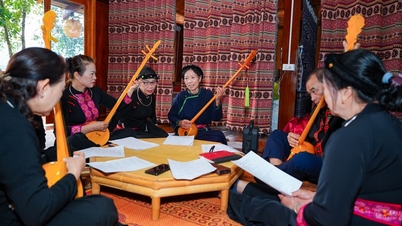






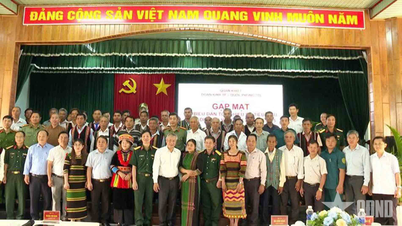



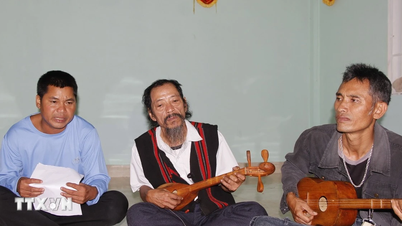


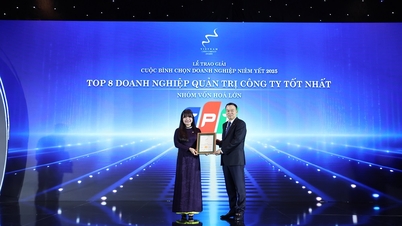



![[VIMC 40 days of lightning speed] Da Nang Port: Unity - Lightning speed - Breakthrough to the finish line](https://vphoto.vietnam.vn/thumb/402x226/vietnam/resource/IMAGE/2025/12/04/1764833540882_cdn_4-12-25.jpeg)











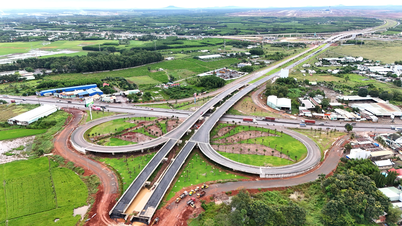








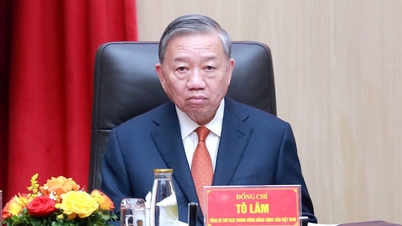


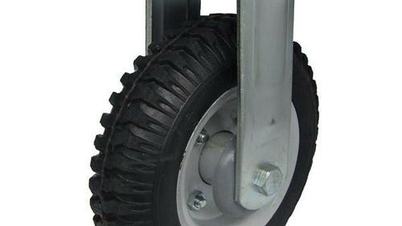




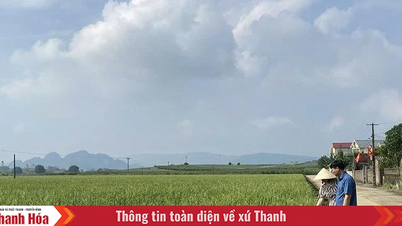


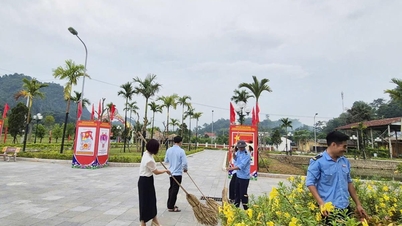

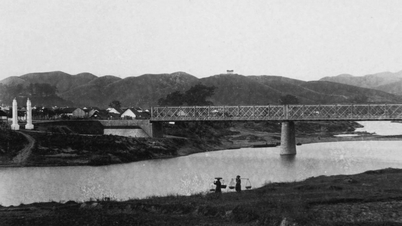
















Comment (0)